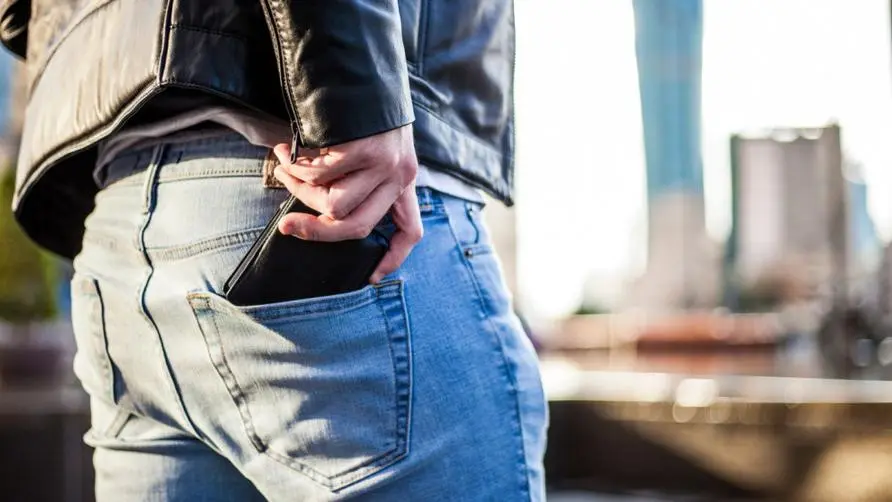The mortality rate from heat stroke is as high as 80%! Intensivists appeal: In case of emergency, you must learn the "10 steps of rescue"

The high temperature has soared above 30 degrees for several days, which is unbearable! Intensivist reveals 4 major signs of heat injury
Days of high temperatures since April have made many people complain that they can’t bear it; in mid-April, temperatures over 30 degrees Celsius have occurred, making it even more important to protect yourself from the sun and avoid heatstroke. Dr. Huang Xuan, an expert in critical care medicine, pointed out in the community that most people know that “heat stroke” must be avoided at high temperatures, but the changes in symptoms of “heat injury” before heat stroke also need to be paid special attention to.
Dr. Huang Xuan explained that the damage caused by extremely hot environments to the human body can be roughly divided into three major stages, namely “thermal injury”, “heat exhaustion” and “heat stroke”. Among them, the four common signs of thermal injury are as follows:
Hot water swelling. When exposed to extreme heat, the body dilates blood vessels to avoid overheating and attempts to dissipate excess heat outside the body, causing blood to accumulate in the ankles, causing local edema in the ankles.
Heat rash. In extremely hot environments, the human body will sweat profusely, which can even block sweat glands and cause rashes. If small red dots appear on the skin with a stinging sensation, it may be a “heat rash” occurring.
Heat cramps. It usually occurs when the body sweats a lot but fails to replenish water or electrolytes in time, resulting in muscle spasms and cramps.
Heat syncope. When a large amount of body fluid is lost due to excessive sweating and low blood pressure, blood flow to the brain is reduced, which can lead to dizziness, confusion, and in severe cases, syncope.
Dr. Huang Xuan emphasized that the above symptoms vary depending on each person’s body reaction, and not all symptoms will appear at the same time. However, when the four signs appear but you fail to replenish water and stay in the shade, your body may be at risk of serious “heat exhaustion”. At this time, the body’s core temperature will rise to over 37°C, sweating will increase, thirst will become more intense, and feelings of dizziness or fatigue will increase.
The mortality rate from heat stroke can reach up to 80%! In case of emergency, you need to know the “10 Steps to Rescue”
Dr. Huang Xuan said that during heat exhaustion, the human body is prone to external symptoms such as vomiting, nausea, and diarrhea; muscle spasms may also occur frequently, and you may also feel palpitations and numbness in your hands and feet. The body may then stop sweating altogether, which is a warning sign of fatal heat stroke. If heat stroke occurs, the body’s core temperature will exceed 40°C, and the body’s heat-processing mechanism may also be lost.
When heatstroke occurs, the body loses a large amount of body fluids and sweating stops completely. At this time, the mortality rate is as high as 30-80%. Dr. Huang Xuan pointed out that the biggest difference between heat stroke and heat exhaustion is that in addition to higher core body temperature, “central nervous system symptoms” may also occur, such as unsteady gait, confusion, inability to recognize environmental changes, delirium, convulsions, Seizures, coma, etc.
If you want to prevent heat stroke from getting worse, you should keep in mind the following 10 measures:
Move the case to a ventilated and cool place.
Reduce and loosen clothing.
Assess the state of consciousness and life phenomena.
If vomiting occurs, lie on your side to avoid aspiration pneumonia and adopt a “head down, feet up” posture.
During heat cramps, do not forcefully massage or pull the spasmed muscles.
Measure body temperature. If it is greater than 39.5℃, wet the case and blow it with a fan. If ice packs are available, they should be placed on the neck, armpits, and knees.
If excessive sweat and urine have been discharged, salt water should be added immediately (each kilogram of water contains 0.1-0.15 grams of salt).
If urine output decreases, give ice electrolyte solution, never pure water.
Call 119 and seek medical treatment as soon as possible.
While waiting to be sent to the hospital, you should continue to cool down. (More than 1 hour before arriving at the hospital, if the patient’s axillary temperature has dropped to 38.5°C, cooling will be stopped)
Don’t go out between 10 am and 4 pm! Outdoor workers should calculate the “heatstroke risk factor”
Dr. Huang Xuan reminds the public that if they encounter high temperatures in spring and summer, they should try to avoid going out during the hottest times of the day, especially between 10 a.m. and 4 p.m. Also, choose to wear breathable, sweat-absorbent clothing and choose light colors to reflect sunlight. Finally, ensure adequate fluid intake to prevent dehydration and electrolyte imbalance. You can also pay more attention to the weather forecast when going out and prepare in advance for the hot outdoor environment.
In addition, if you need to work in a high-temperature environment, in addition to avoiding working at high temperatures above 33°C, long-term sun exposure, and arranging for moderate rest, you can also calculate the risk factor for heat stroke. The formula is “Outdoor temperature(°C) + outdoor relative humidity(%) x 0.1”. Recommendations for preventing the risk of heatstroke are as follows:
Less than 30: safe level, normal activities are enough.
30-35: Pay attention to the level and pay attention to hydration at this time.
35-40: Alert level. Not only should you pay attention to hydration, but you should also avoid strenuous exercise.
Greater than 40: Danger level, the work site must be adjusted, work must be stopped or any activities prohibited.
Source:
“These two days, the super hot weather is really here” - Dr. Huang Xuan
Further reading:





